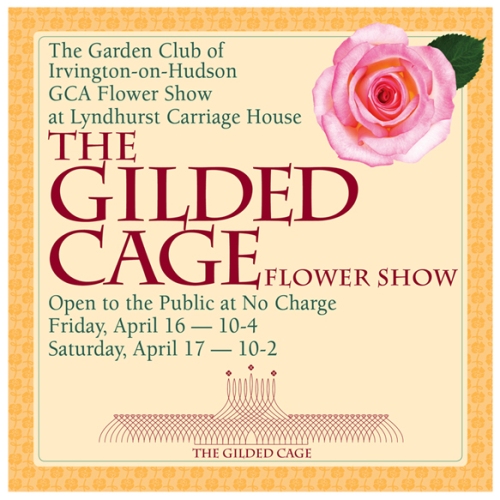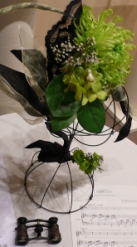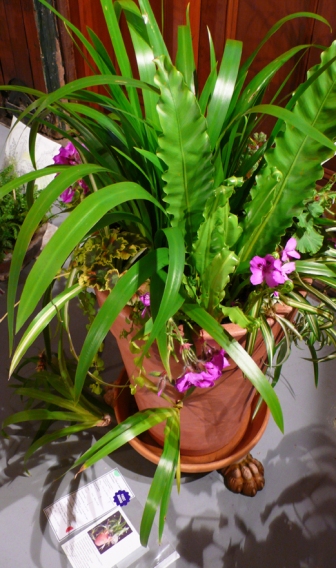Those were the words of the talented, animated, passionate photographer Jeanne Newman, who recently spoke to the Garden Club about how to take the best pictures of flowers and other natural subjects.
 Major takeaways:
Major takeaways:
• Have the light behind you.
• Remember the “rule of thirds,” that is, don’t shoot dead center. Use the grid on the phone to place the subject of the image within the left or right two-thirds of the frame.
• For the most dramatic images, bisect the frame on the diagonal.
• You don’t need a tripod, but you do need to keep the camera or phone steady. Dig your elbow into your hip to stabilize yourself.
• Use pattern, repetition, and visual cadence — different heights of objects in the composition — to create mystery and make your image a world unto itself.
• You have to love the way nature designs everything.
In her slide presentation, Jeanne generously offered the following detailed advice:
Know your camera, whether it’s your phone, a point-and-shoot, DSLR, or mirrorless camera. Become familiar with all its capabilities. Refer to the manual or go to YouTube for more information. Once you’re comfortable with the tool you’re using, shoot lots of images. You can always delete or transfer them to your computer. But shoot!

Try multiple ways of photographing your subject. Get as close as you can. Move far away too. Look up or down at the subject. Change the angle of the camera with a deliberate tilt. And be curious. What drew you to photograph the subject? Does it deserve one or two snaps or 20? Fully explore everything about the subject in as many shots as you can manage.

Positive and negative space is important! It’s a primary and essential design concept that will change how you view all your photographic subjects. The interplay between the positive space in your picture plane and the “empty” space that surrounds it is crucial to creating a dynamic image.

Lines, curves and kineticism. Get serious about the curves and lines within the composition that guide the viewer’s eyes. Because you’re designing within a rectangular space, remember that diagonal lines within the composition create kineticism or movement and energy. “S” or “Z” curves do the same. Capitalize on those design facts when you shoot. Repeating vertical and horizontal lines is another energizing tactic.

Bokeh (blur) yes or no? Learning how to use the aperture or f/stops affects the overall look of your image-making by letting you focus on the subject and artistically blurring the background or foreground. Start by trying portrait mode on your phone-camera. Then experiment with f/stops; the larger the aperture, the smaller the number, the more light comes in through the lens, creating a shallower depth of field.

Color or black and white? Mono or polychromatic? Look for color families within your subject. Is the color the most compelling thing about the image, or do you think that because of the dramatic light, the image will translate well into B/W? Sensitize yourself to these possibilities as you refine your shooting approach.

Study floral/botanical/nature/photographs online and in magazines. You will begin to see how all the design concepts above will merge and come together for you. Learn to be discriminating in how you view our amazing world with every image you shoot.
To see more of the beautiful work of Jeanne Newman—and learn from it—please go to thewelldressedsnapshot.com































 Through flowers and plants — our 2017 GCA flower (and plant) show celebrated the life and work of Irvington’s own Washington Irving. All club members worked very hard on this for more than a year to make this show happen.
Through flowers and plants — our 2017 GCA flower (and plant) show celebrated the life and work of Irvington’s own Washington Irving. All club members worked very hard on this for more than a year to make this show happen.















 THE GARDEN CLUB OF AMERICA
THE GARDEN CLUB OF AMERICA